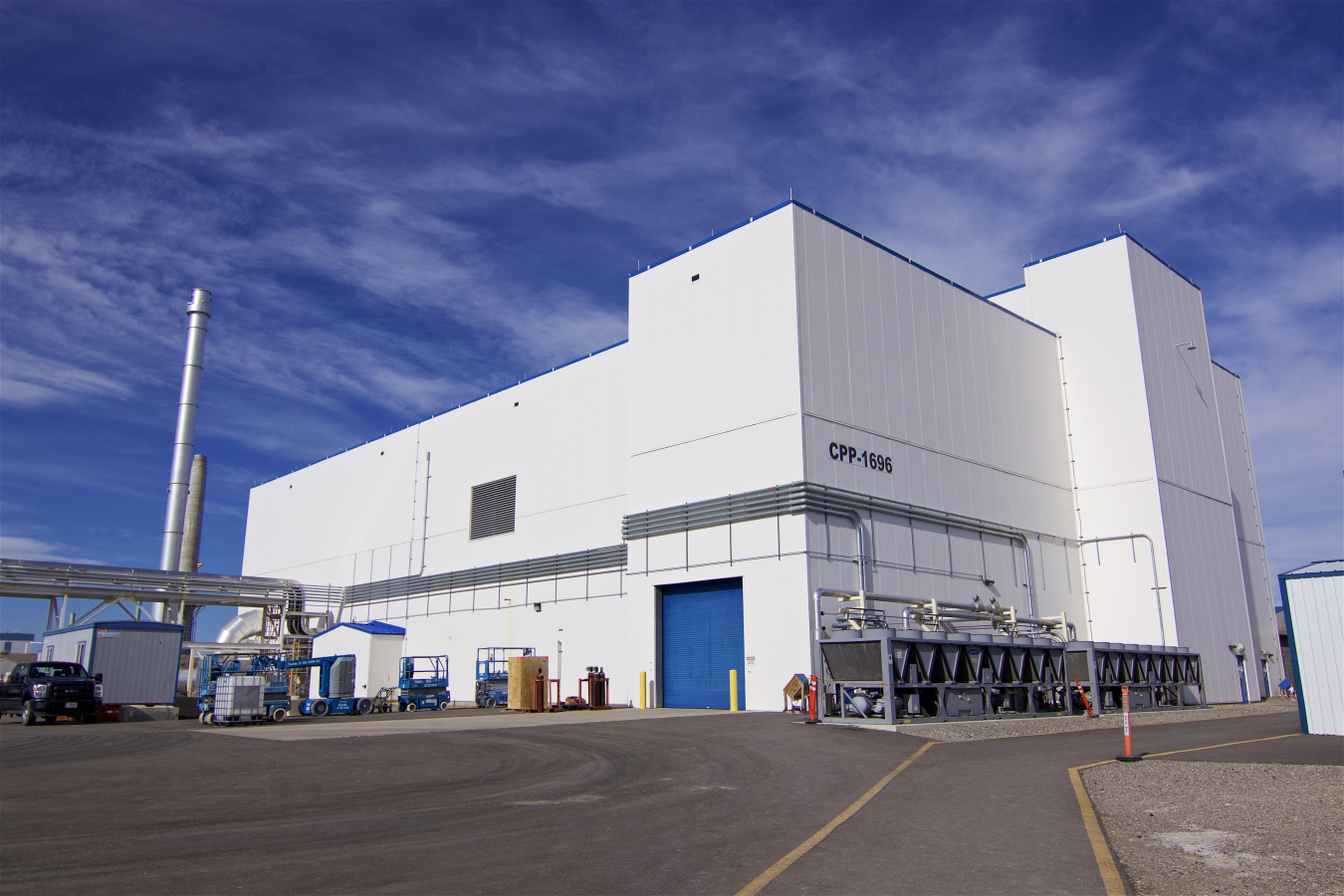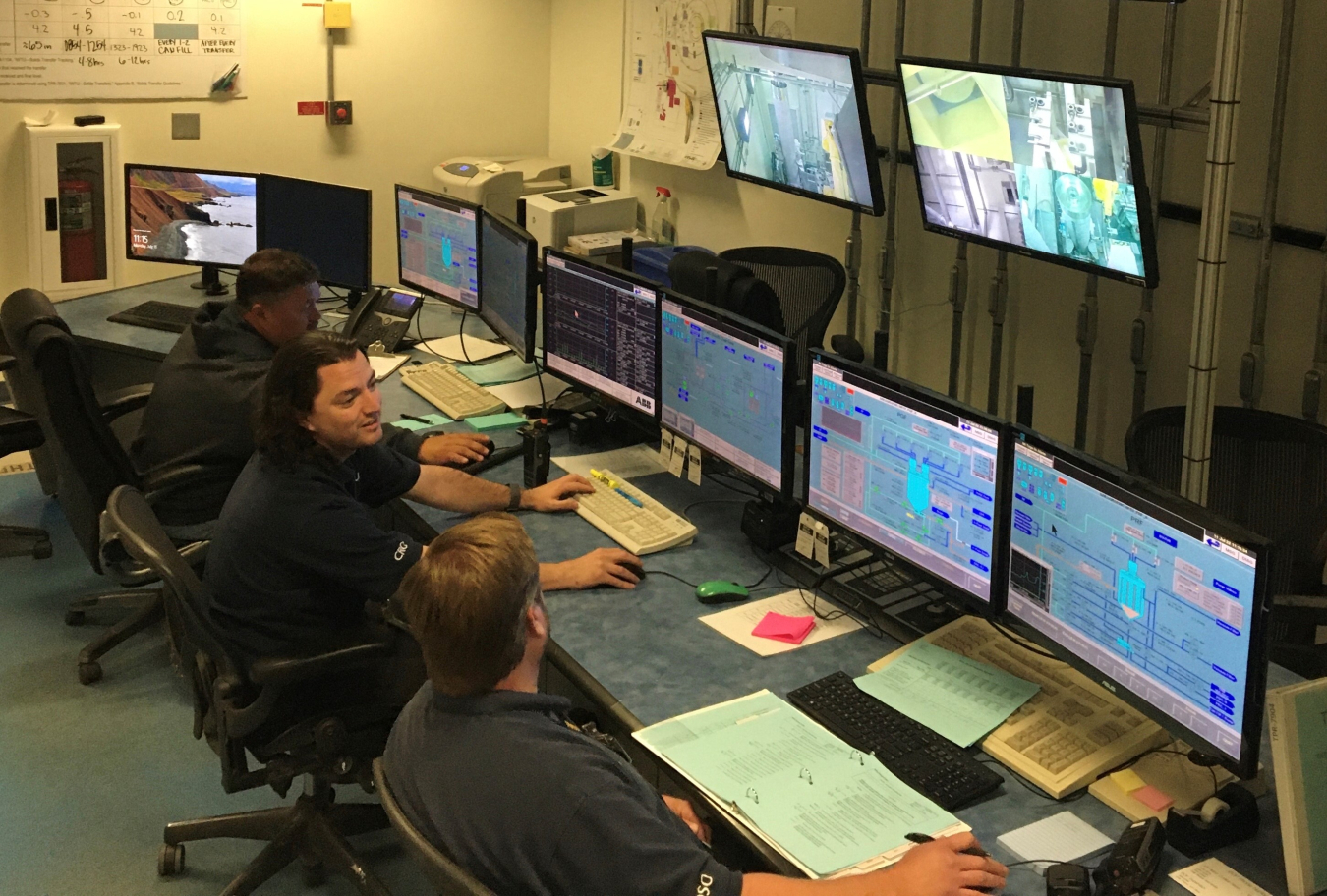
IDAHO FALLS, Idaho – EM’s radioactive liquid waste treatment facility at the Idaho National Laboratory Site will begin its final heat-up this month before initiating radiological operations early next year.
Integrated Waste Treatment Unit (IWTU) crews will follow a prescribed incremental process as the facility transitions from simulant to sodium-bearing waste (SBW). In the run-up to starting radiological operations, the IWTU Operations crew will coordinate with New Waste Calcining Facility (NWCF) Operations personnel to pump SBW from NWCF tanks to the IWTU waste feed tank where it will be blended with simulant to achieve the desired blend ratio.
NWCF converted high-level radioactive liquid waste from the Idaho Nuclear Technology and Engineering Center tanks until May 2000 in a process called calcining. The infrastructure from that former operation — such as waste transfer lines and holding tanks — remains, and will be used for IWTU waste treatment.

The initial desired blend ratio will be 10% SBW and 90% nonradioactive simulant. IWTU Operations will continue to process this blended mixture for approximately 30 days to allow the IWTU Radiation Protection crew to perform thorough radiation protection surveys to evaluate the radiological conditions throughout the facility.
After the evaluation of radiological conditions during processing of 10% SBW, the IWTU will process a blended mix of 50% SBW and 50% simulant and then 100% SBW. The enhanced radiological evaluations will be repeated until the IWTU is operating with 100% SBW.
IWTU was constructed from 2007 to 2011 to convert 900,000 gallons of liquid SBW from three nearby underground storage tanks to a dried, granular solid using a steam-reforming process. The dried product will be transferred to stainless steel canisters and then concrete vaults for monitored storage.
Following waste treatment, the tanks will be cleaned, grouted and closed under federal and state regulations before the area is capped.
SBW treatment is expected to take three to seven years to complete.
To receive the latest news and updates about the Office of Environmental Management, submit your e-mail address.
